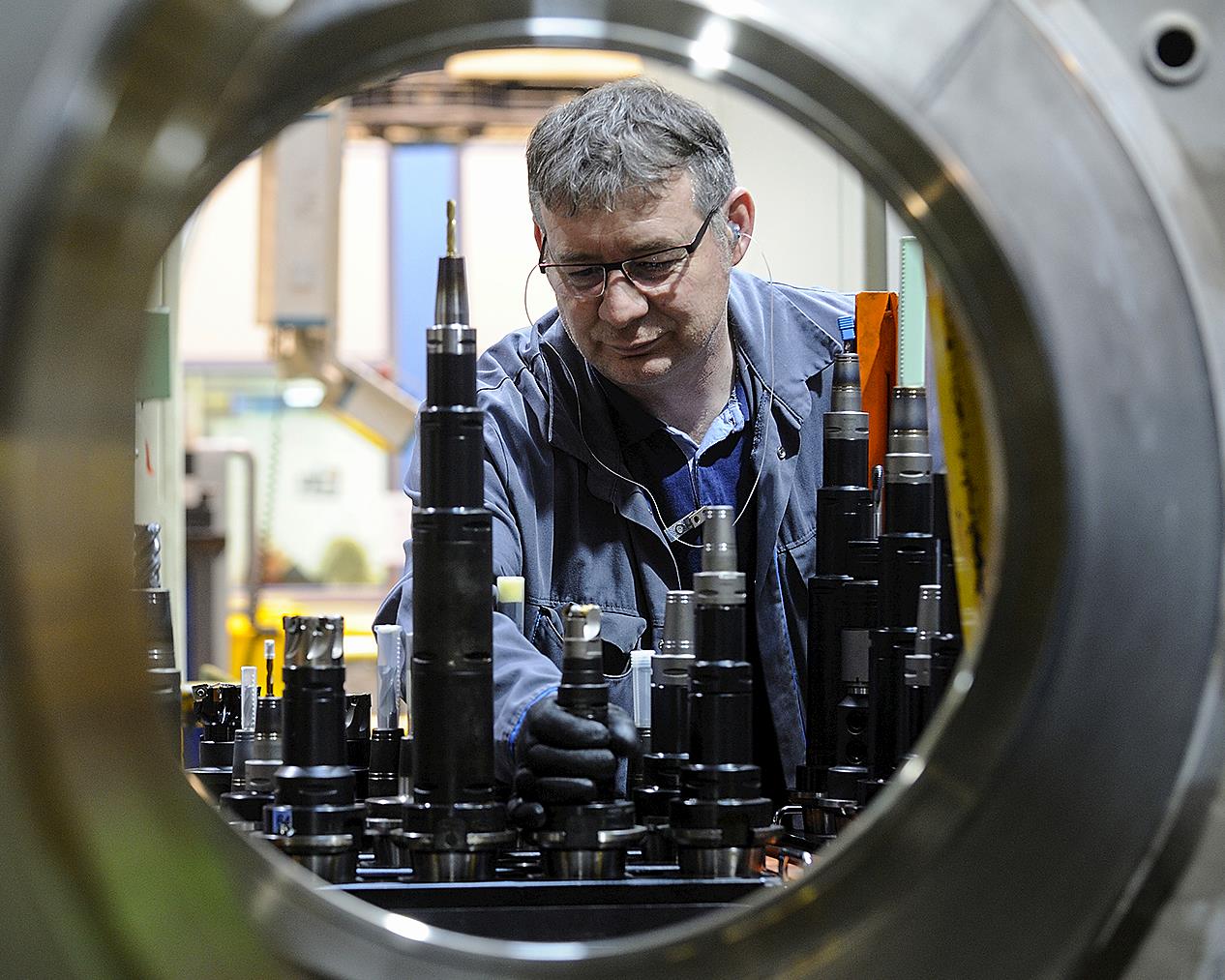Solutions take off
In the French aerospace industry’s heartland at Saint-Nazaire, Seco is helping FAMAT to machine parts for tomorrow’s jet engines.
The port of Saint-Nazaire on France’s Atlantic coast has traditionally been famed for its shipbuilding. But today, the city’s reputation has extended to the production of another kind of vehicle, with European airliner consortium Airbus turning out fuselage parts from a local facility.
It’s no accident that this hub of engineering expertise is also the base for FAMAT, a joint-venture between aviation firms Snecma and General Electric that produces frames for the two companies’ ranges of jet engines. As such, FAMAT parts play an integral role in creating many of today’s most widely used planes, including those in the Airbus family, as well as in Boeing 737s and 777s.
“We make structural elements of the engines that are non-rotating parts,” says Stéphane Maurer, CNC Programing and Cutting Tool Manager at FAMAT. The Saint-Nazaire factory has some 40 machine tools for working primarily with titanium, aluminum, and inconel – a super alloy used in parts of the engine that can reach up to 800°C.
Maurer says FAMAT faces the same challenges as any other company: it needs to produce products quickly and economically. “However, first and foremost, we have to deliver a level of quality that is irreproachable; that goes without saying. In terms of machining, we have tolerances of plus-or-minus 0.025 mm on a part with a diameter of 2000 mm. Everything we machine is systematically checked using a 3D coordinate measuring machine to detect any possible flaws.”

FAMAT IS CURRENTLY working on the development of next-generation engines offering new standards of fuel economy and noise reduction, including the GE9X destined for the Boeing 777. “It’s a new engine and we developed all the titanium machining for the frame with Seco,” says Maurer. “We wanted to have the direct involvement of the tool manufacturer to arrive at a new generation of machine cutting tools, and a cutting strategy with considerably improved machining time.” He estimates the time saving is in the 10- to 20-percent range.
FAMAT has a long-standing partnership with Seco and the company supplies many of the plant’s machine tools. “The advantage of Seco is that they don’t make unrealistic proposals that might seem extremely attractive, but that aren’t guaranteed,” Maurer says. “They suggest things that they have tested before, so we don’t have too much of a surprise.”
MAURER SAYS THE FOUNDRY work involved in creating each frame means they are expensive items. “When Seco says we’re going to carry out some trials, we can’t do it on a test piece; we have to do it directly on the part,” he explains. “We prefer prudence to audacity, and that’s the trademark of the Seco team. They dare to take risks, but these are all very well judged, and they make it very clear what those risks might be.
Florent Popilus, Sales Engineer for Seco, says what differentiates Seco from competitors is that
it works closely with customers like FAMAT. “We provide our expertise in cutting tools, and they provide their expertise in machining,” he says. “We get round the table and decide what kinds of tools are required and which machining strategy to adopt.”
WHEN FAMAT HAD to come up with a rapid solution for the frame for the next-generation Leap 1B engine for the Boeing 737, it had a very short deadline to deliver a prototype. “Instead of circulating the specifications with several suppliers and comparing proposals, FAMAT worked directly with Seco on how to produce the part,” says Popilus. “That allowed them to respect the deadline.”
Popilus says parts evolve and there are new shapes, so Seco has needed to adapt. “It’s not just about tools, but also programing,” he says. “Seco offers a full machining strategy, plus technical advice. We work with FAMAT from the study phase right through to production.
The Seco sales engineer concludes: “The important thing is mutual confidence – they trust us, and we trust them. It’s not just about supplying them with the cutting tools and leaving them to get on with it.”